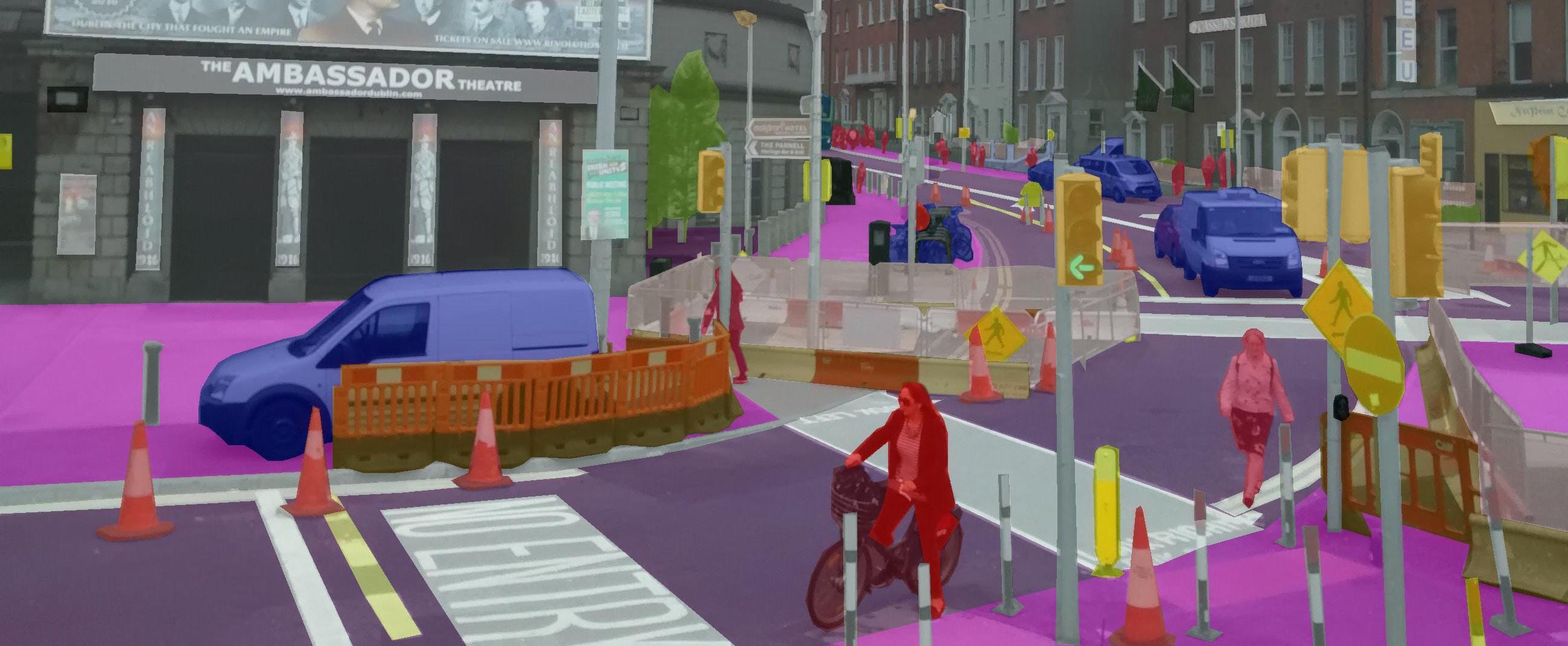I have found image segmentation quite a useful function in my deep learning career. The level of granularity I get from these techniques is astounding. It always amazes me how much detail we are able to extract with a few lines of code. To perform deep learning semantic segmentation of an image with Python and OpenCV, we: Load the model ( Line ). We begin with a ground truth data set, which has already been manually segmented.
To quantify the performance of a segmentation algorithm, we compare ground truth with the predicted binary. Image Segmentation works by studying the image at the lowest level. Till now, we went over image segmentation techniques using only the scikit image module.

However, it will be worth mentioning some of the image segmentation techniques which use deep learning. Here is a wonderful blog post that focuses on image segmentation architectures, Losses, Datasets, and Frameworks.

Today’s image segmentation techniques use models of deep learning for computer vision to understan at a level unimaginable only a decade ago, exactly which real-world object is represented by each pixel of an image. Deep learning can learn patterns in visual inputs in order to predict object classes that make up an image. In today’s blog post you learned how to perform instance segmentation using OpenCV, Deep Learning, and Python.
This article is a comprehensive overview including a step-by-step guide to implement a deep learning image segmentation model. Nowadays, semantic segmentation is one of the key problems in the field of computer vision.
Looking at the big picture. A small tool in python to read the bright-field image data and the phase image data recovered from a Digital holographic microscope (DHM) and segment the nuclei to calculate physical parameters like roughness and volume. This repository contains several CNNs for semantic segmentation (U-Net, SegNet, ResNet, FractalNet) using Keras library. The code was developed assuming the use of depth data (e.g.
Kinect, Asus Xtion Pro Live). Learn how to do image and video segmentation using a state of the art deep learning model.
We will use a pre-trained deep neural network that we are going to adapt to our needs to accomplish the task. I will start by merely.
Segments represent objects or parts of objects, and comprise sets of pixels, or “super-pixels”. Image segmentation sorts pixels into larger components. In normal neural network operations, every node is connected with each other, creating a complex network, but if we apply the same thing in the images (which is a large matrix in itself), things will not work so well, because each pixel is acts as a node there, and when these millions of pixels gets.
Convolutional Neural Network (CNN), is the deep learning concept which deals with images. C = semanticseg(I,network) returns a semantic segmentation of the input image using deep learning. The input network must be either a SeriesNetwork or DAGNetwork object.
That’s why we’ll focus on using DeepLab in this article. Finally, we will create segmentation masks that remove all voxel except for the lungs. Processing raw DICOM with Python is a little like excavating a dinosaur – you’ll want to have a jackhammer to dig, but also a pickaxe and even a toothbrush for the right situations. Python has all the tools, from pre-packaged imaging process packages.
Pixel-wise image segmentation is a well-studied problem in computer vision. The task of semantic image segmentation is to classify each pixel in the image.
In this post, we will discuss how to use deep convolutional neural networks to do image segmentation. We will also dive into the implementation of the pipeline – from preparing the data to building the models.
For example, if you were given a picture with a person in it, separating the person from the image is known as segmentation and is done using pixel-level information. We will be using the COCO dataset for image segmentation.
In this article, I would like to talk about an important and interesting concept within Computer Vision and. In the case of image segmentation, the elements in V are pixels and the weight of an edge is some measure of the dissimilarity between the two pixels connected by that edge (e.g., the difference in intensity, color, motion, location or some other local attribute).

Various methods have been developed for segmentation with convolutional neural networks (a common deep learning architecture), which have become indispensable in tackling more advanced challenges with image segmentation. Application Deep Learning how-to Machine Learning Object Detection OpenCV Segmentation Tutorial Uncategor. Deep learning is a machine learning technique that uses deep neural networks to learn by example.
Just like traditional supervised image classification, these models rely upon training samples to “learn” what to look for. However, unlike traditional segmentation and classification, deep learning models don’t just look at individual pixels or groups of pixels. They have higher learning.
Please, take into account that setup in this post was made only to show limitation of FCN-32s model, to perform the training for real-life scenario, we refer readers to the paper Fully convolutional networks for semantic segmentation.
Aucun commentaire:
Enregistrer un commentaire
Remarque : Seul un membre de ce blog est autorisé à enregistrer un commentaire.